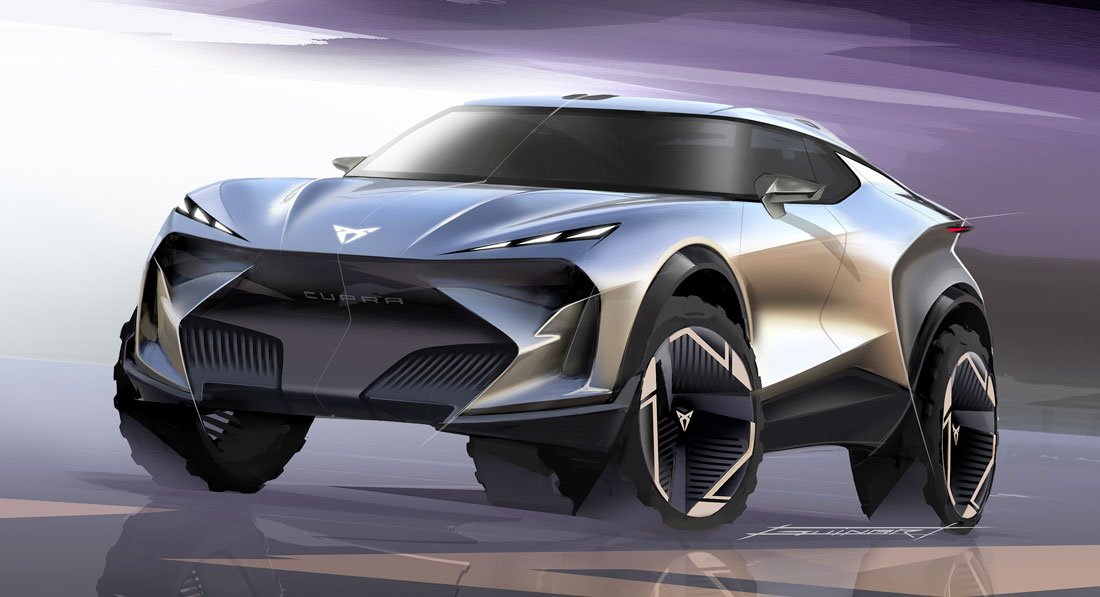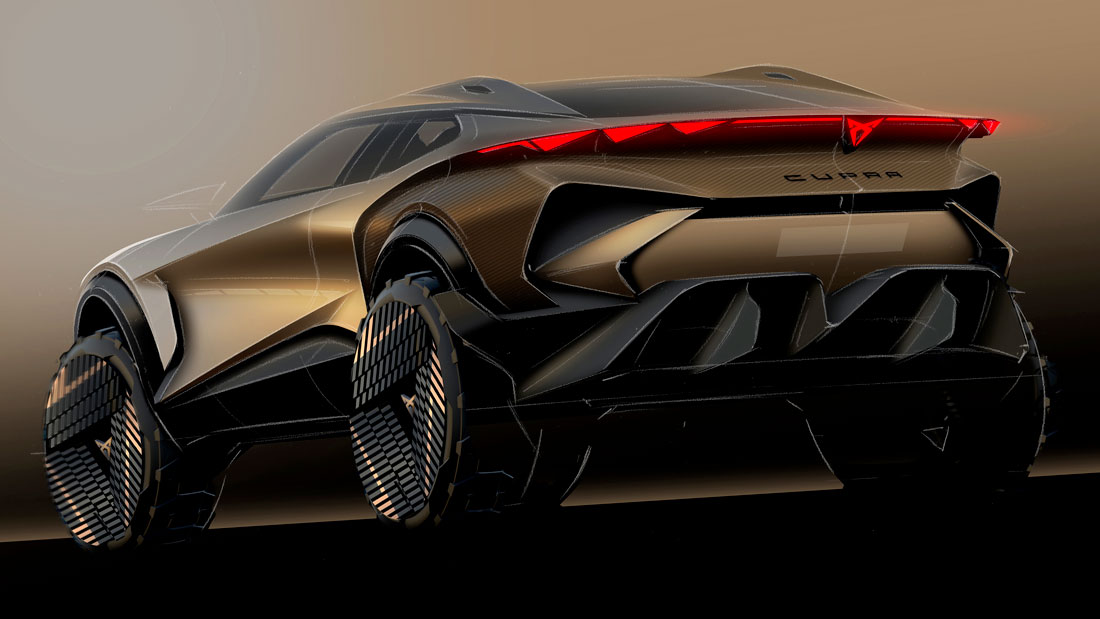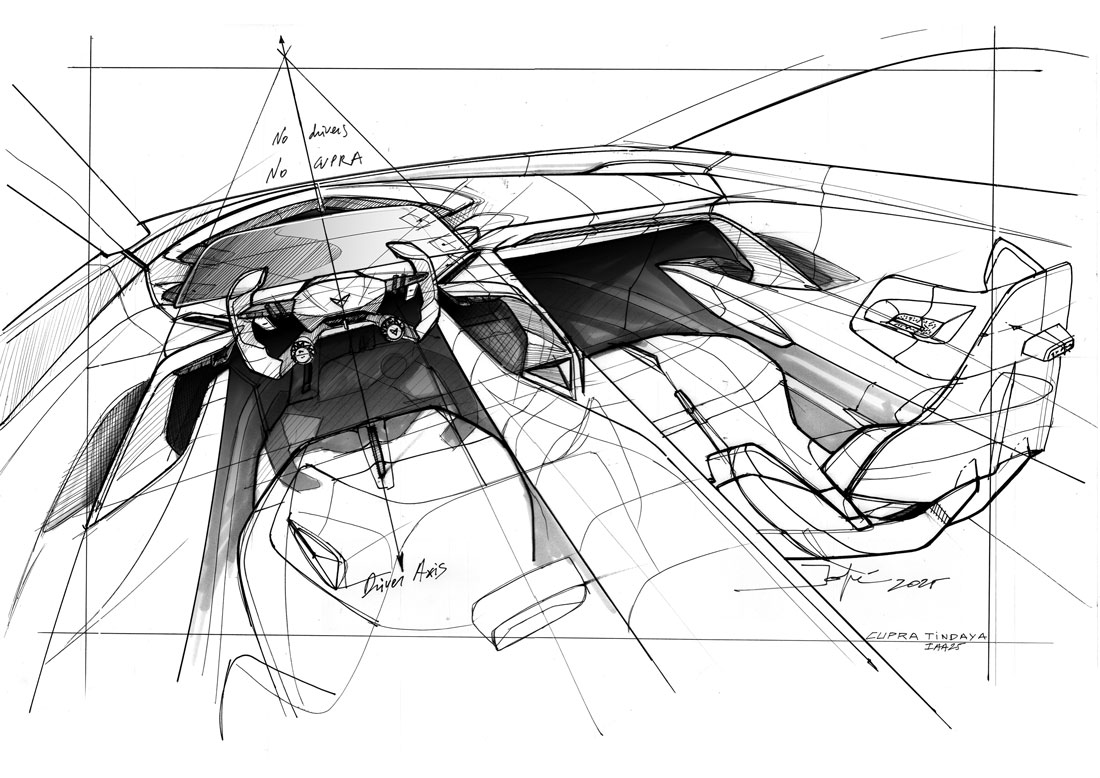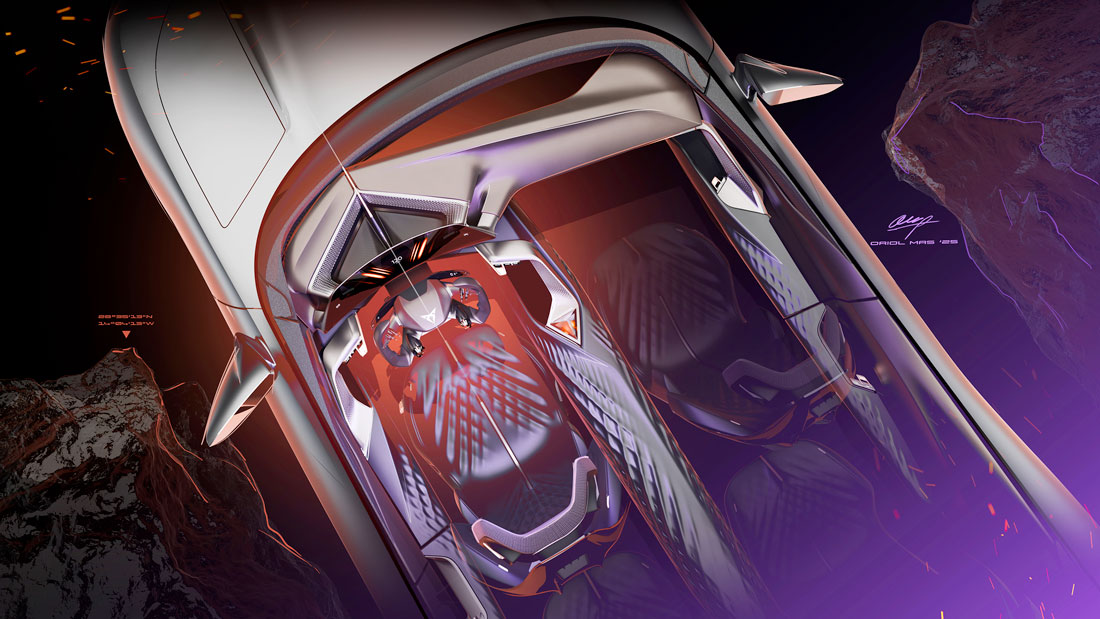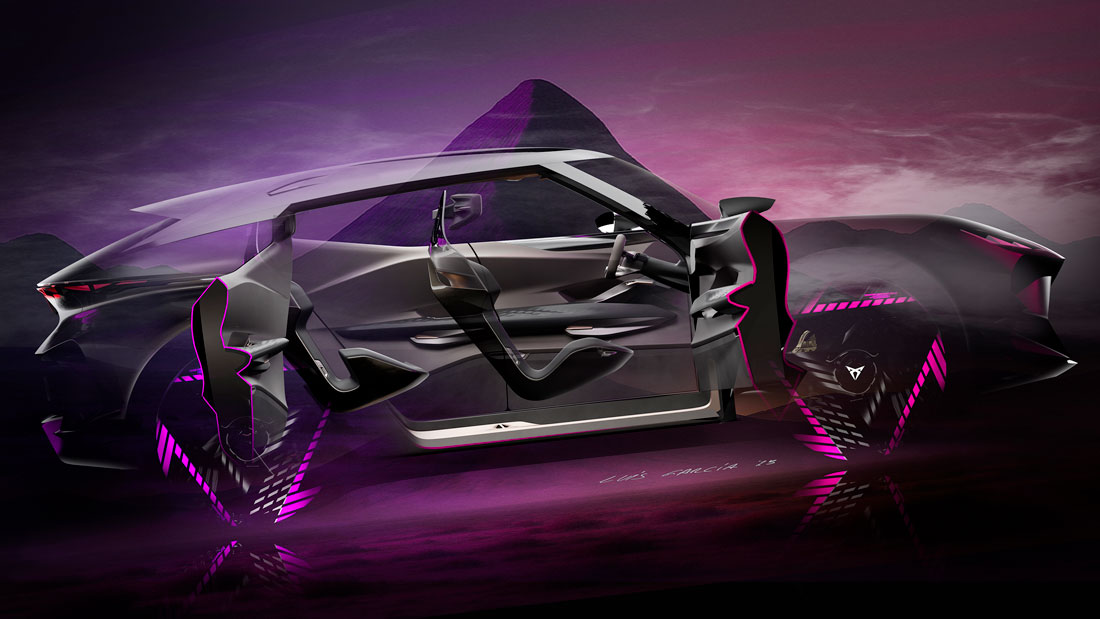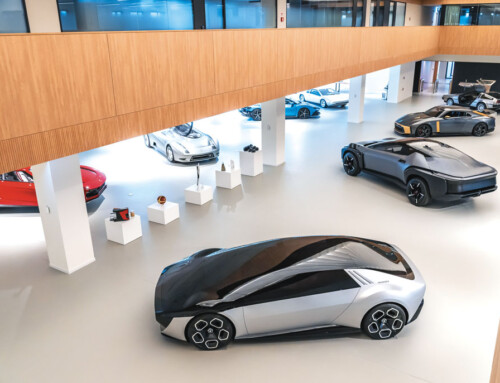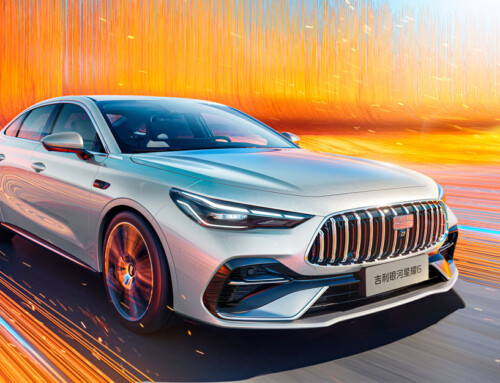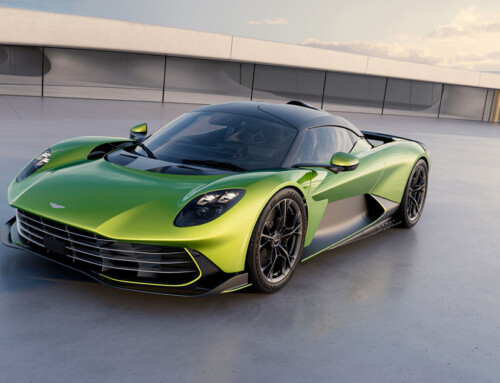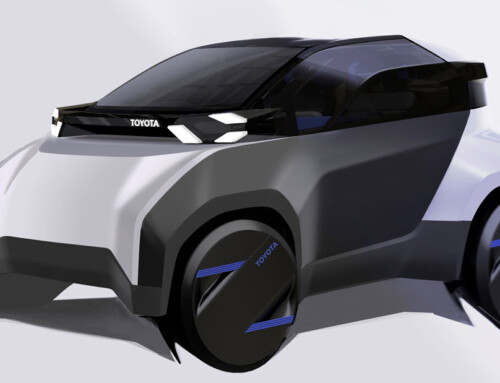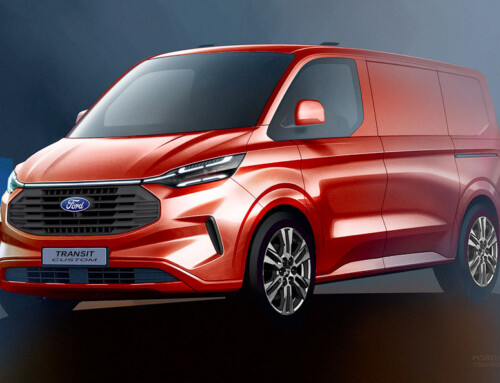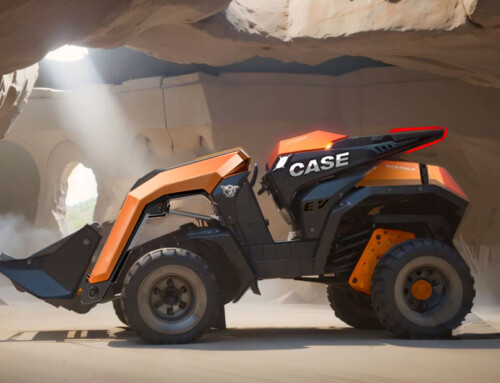With the Tindaya, Cupra unveils the manifesto of its future identity. Lines inspired by the power of a volcano, natural materials and a human approach to technology define Jorge Díez’s vision: an electric car that is driven by emotion and connection, not just efficiency.
The name of a sacred mountain
Design in the new Cupra Tindaya becomes a living material, infused with primordial energy. “Our aim was to create a car that conveyed life, not just power”, explains Jorge Díez, Cupra’s Head of Design. “The Tindaya was born out of a desire to build an emotional connection between driver and car, something going beyond function and touching the senses”. The car is named after the sacred mountain of Fuerteventura, a volcano that unites earth and sky, matter and spirit. “We wanted to capture that suppressed force, the feeling of warmth and movement that a volcano exudes even when it is dormant”.
Cupra’s Manifesto for the electric era
The result is a body of muscular tension and fluid lines, where every surface seems to be shaped by the wind. The proportions are new and more daring, with a sculpted front and a rear that conveys solidity without sacrificing elegance. The Tindaya is Cupra’s manifesto for the electric era: a 365 kW project, but one in which technology is only part of the story. “Our idea of performance is connection, not competition”, explains Díez. “The interior design puts the driver at the centre, giving him back control and the physical pleasure of driving, even in an electric world”.
Sustainability and autenticity
Front and centre of the cabin is the multifunctional steering wheel, which redefines the human-machine interface. Not just a control interface, but a sensory bridge: it uses touch-based feedback, adaptive lighting and three driving modes. Inside, the work on materials reflects the brand’s philosophy: sustainability and authenticity. Natural fibre replaces carbon, the leather is bio-based and animal-free, while 3D-printed aluminium components reduce weight and add personalised touches. Cupra has also introduced new-generation materials that combine texture and light under layers of glass, creating visual depth and dynamism.
The car interior: not a computer on wheels
“Light had to become a material, not an effect”, says the designer. The environment is warm and enveloping, a far cry from the cold minimalism of many electric models. The lighting follows the rhythm of the drive, while the surfaces shift tone like living skin. “We didn’t want a car that looked like a computer on wheels”, says Díez. “The Tindaya speaks a Mediterranean language, one of warmth, emotion and controlled imperfection”. The language also evolves on the outside: goodbye chrome, hello matt trim and dark metals that enhance the volumes. The proportions give a fresh take on sporty design, with short overhangs and a low hood, while aerodynamics are seamlessly integrated into the overall design.
“A bold, young brand”
With the Tindaya, Cupra redefines how emotional the concept of an electric car can be. It is a manifesto of Mediterranean design and technological vision, where every line, material and interface restores warmth and identity to a form of mobility that is often perceived as cold. “Cupra is a bold, young brand”, concludes Díez. “The Tindaya is not a styling exercise, but a laboratory of emotions. It is proof that the electric future can be visceral, vibrant and intensely human”.
(Full article in A&D no. 275)

